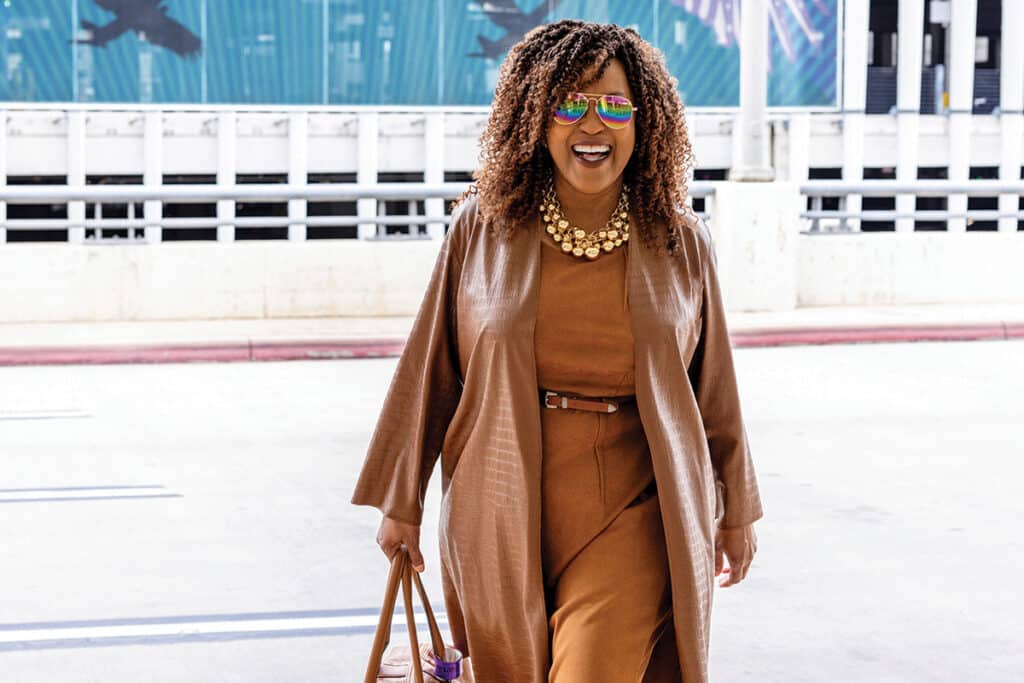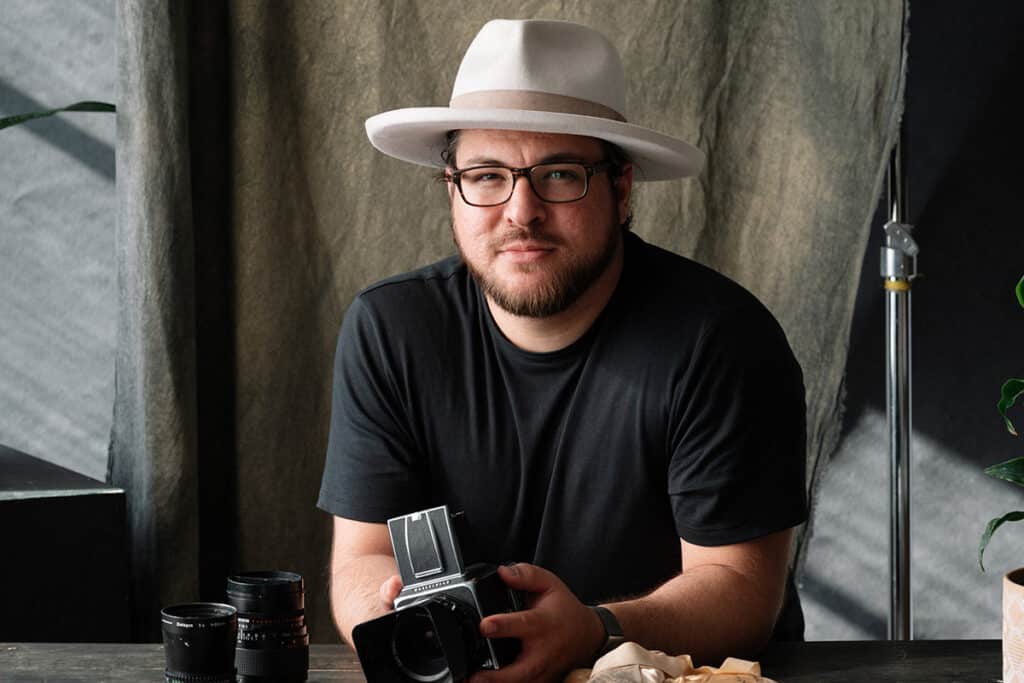“One thing it is important for us to do is to pave the way for women to break through the glass ceiling. Women should take on more leadership roles in the medical community,” says Ramamurthy, who assumed a one-year term as president of the 151-year-old medical group in January. With more than 4,000 members, the Bexar County group is the country’s eighth largest county medical society.
Ramamurthy, mother of two, is a pioneering neonatologist and professor of pediatrics at the University of Texas Health Science Center at San Antonio.
“Traditionally, who is the person who takes care of illness in the family? Who usually stays at home to care for a sick child? Who looks after elderly parents? Who develops healthy food habits and promotes healthy attitudes? Who bears the brunt during pregnancy? Throughout history men went to war and women had to deal with these things. They have always been the healers, even to the delivery of babies,” she says.
Ramamurthy believes that women’s time-honored role as caregivers provides them with the perspective and sensibility to bring about changes in health care that falls short of the mark.
“America spends far more for health care than any other country. More than $1.6 trillion was spent in 2002. We are spending the money, but we are not the healthiest,” she says.
In dealing with largely preventable problems, such as heart disease, diabetes and obesity, Texas and Bexar County do not stack up well, even in a nation with a poor record.
Type 2 (adult-onset) diabetes is a major problem in Bexar County. It affects 90 to 95 percent of diabetics, and recent studies have shown it may be prevented through weight control and increased physical activity. It is the sixth leading cause of death in the United States and in Texas. In Bexar County in 2000, diabetes was the fourth leading cause of death, up from eighth in 1992.
Bexar County also has a high rate of teen pregnancy and young mothers who are not receiving prenatal medical attention. “Every woman who becomes pregnant should have prenatal care,” says Ramamurthy, who too often has seen the results when women have not had such care.
“We need to increase public awareness about the (medical) facilities and resources that are available and not fully utilized. We can do this by addressing the lack of understanding of what these resources are and simplifying access to them,” Ramamurthy says.
“How we can change presents a challenge to all people, but particularly to women,” she says. The authority to upgrade the health-care system rests with lawmakers, she added, but changes won’t occur until they are demanded at a grassroots level. “If people become knowledgeable, government agencies will provide. It is doable, but it will take the efforts of everyone,” she explains.
The first thing women must do is become knowledgeable, Ramamurthy stresses. One of her goals is to establish an annual health day, a celebration focusing on health problems and solutions. “Women can further the cause of good health by speaking out to their community groups, religious groups, clubs and universities,” she explains.
The cause dearest to Ramamurthy’s heart is the well-being of children, particularly premature babies.
“For three decades, Dr. Rajam Ramamurthy’s pioneering work has improved the outcome of high-risk premature infants. Her work has helped the Health Science Center continue to be a national leader in studying the health and well-being of these precious babies,” says Dr. Francisco Cigarroa, president of the Health Science Center.
“Dr. Ramamurthy has provided valuable education and training to physicians and medical students, including through the Annual Neonatal Resuscitation Course that she directs. She is conducting important evaluation of neonatal resuscitation training in the South Texas region,” Cigarroa added.
Ramamurthy says she sees the smallest and most fragile of babies less than three and a half pounds at birth. “Eighty-four percent of them survive,” she comments. She emphasizes the necessity for close physical and mental follow-up for these babies for the first three years, until the majority of them have caught up with their peers. She has observed that these youngsters fare better when their families invest a lot of time in activities such as reading aloud to them.
“Their developmental testing is not government funded. We have to raise the money for it,” she says. “One of my goals is to see how we can serve this group of children best. We are working to create a network to assure that they get this vital follow-up no matter which city they are in.”
Ramamurthy was born into the Pillay community, a small group of primarily farm families in the state of Kerala on the southern tip of India. She grew up in Karnataka, where she was taught by French nuns in Catholic convent schools. “The British were still there (in India), so my school education was all in English,” she says.
She saw her cousins getting married at the age of 14 or 15, but her mother, the first woman in her family to complete high school and attend college until she married, insisted that her daughter continue her education. “I was the first woman in my whole extended family to finish college,” Ramamurthy says.
“My father was one of the few people who got college educated,” she added. He earned a scholarship to study geology, and he took advantage of an opportunity to come to the United States and study mining engineering at the Missouri School of Mines in Rolla, Mo.
“We were getting letters from my Dad describing things happening in the United States. He said newspapers were stacked up on the sidewalk so people could take one, and they always paid for it. I thought, ‘That’s where I would like to live,'” she recalls. Ramamurthy attended medical school in Bangalore in South India before joining the pediatrics staff at Cook County Hospital in Chicago. She earned a fellowship to study neonatology at the Chicago Medical School, where she stayed on as a member of the faculty for four years.
She married anesthesiologist Dr. Somayaji Ramamurthy. Their search for “a good place for children to grow” brought them to San Antonio in 1977. Her husband became professor of anesthesiology and director of the pain-management program at the Health Science Center, and Ramamurthy joined the neonatology staff at the Health Science Center.
“I was going to work part-time so I could be at home with our son and daughter,” she explains. “That lasted three months. I couldn’t take care of those little babies just three days a week and then go away.”
Two years ago she was named director of the Health Science Center’s PREMIEre Clinic, one of the nation’s foremost programs of care and follow-up for low-birth-weight babies.
Ramamurthy’s absorbing and intense career is not quite all-consuming. She found an outlet for a lifelong passion more than two decades ago, when she and friends from the local India Asia Association all frustrated dancers hired a teacher to instruct their daughters in traditional Indian dance.
“We all had daughters who were about 7 years old at that time, and we wanted them to learn Bharata Natyam (Indian dance),” Ramamurthy says. The teacher suggested that the mothers learn dancing along with their daughters. So the Arathi School of Indian Dance was created in 1981 with five mothers and daughters. The mothers, who continued to study and to teach Indian dance every Friday night have performed classical, folk and ballet dances in many Texas cities and neighboring states, earning the playful name of “The Golden Girls of San Antonio.”
“Dance is very necessary for me. It is a spiritual part of my life. It has such a calming effect. Everyone should have an activity that takes them away from their daily life,” says Ramamurthy.
Ramamurthy believes so strongly in the importance of the influences in the lives of young children that she thinks kindergarten teachers should be the most highly paid of all professionals. “It is a wonderful thing to better the lives of young children,” she says.
The influence Ramamurthy has had on the lives of hundreds of premature babies is incalculable. However, the influence she has had on her own children is obvious, even to the casual eye.
Her daughter, Sujatha Ramamurthy, has followed in the footsteps of her parents. She attended medical school at UTHSCSA. She currently is in a residency in Charlottesville, Va., preparing for a career combining internal medicine and psychiatry, because, as her mother explains, “There is so much overlap between the two.”
Ramamurthy’s son, Sendhil Ramamurthy, on the other hand, has chosen to pursue a career in the arts. He is a successful actor living in New York and starring in an Oxygen Channel movie entitled My Sexiest Mistake. His wife, Olga Sosnowska, has the continuing role as Lena on the daytime drama All My Children.
Author: Loydean Thomas
Issue: May/June 2004




